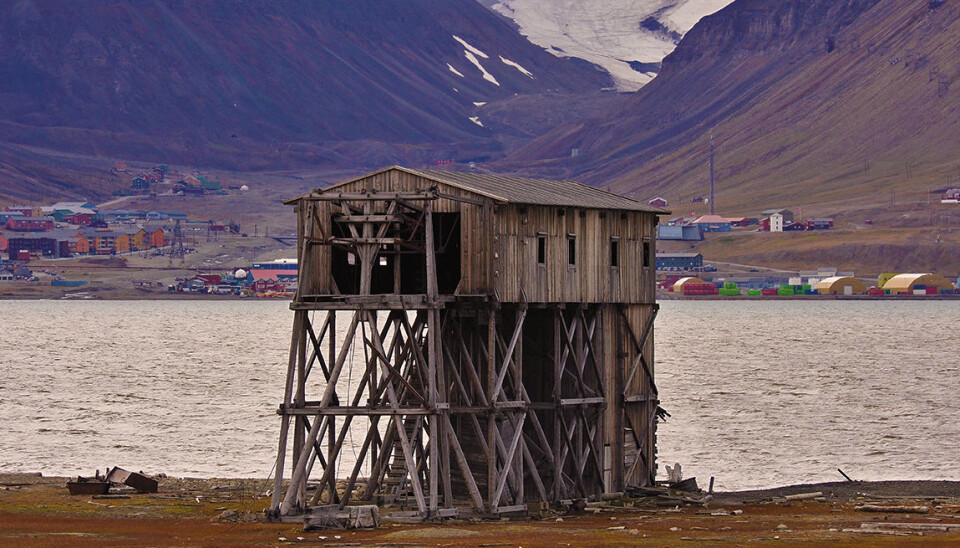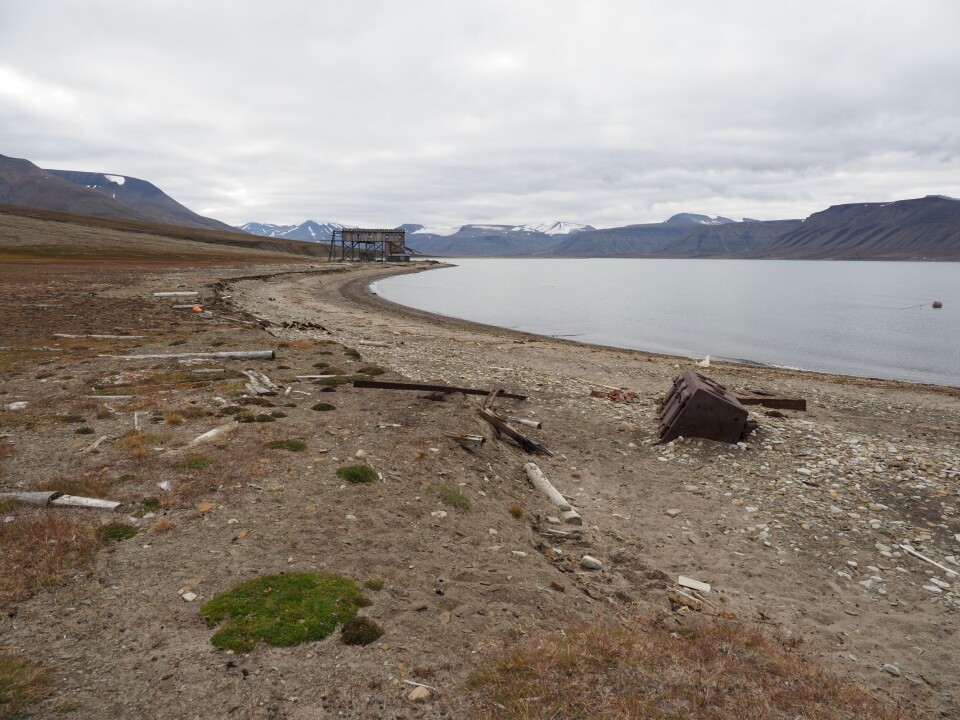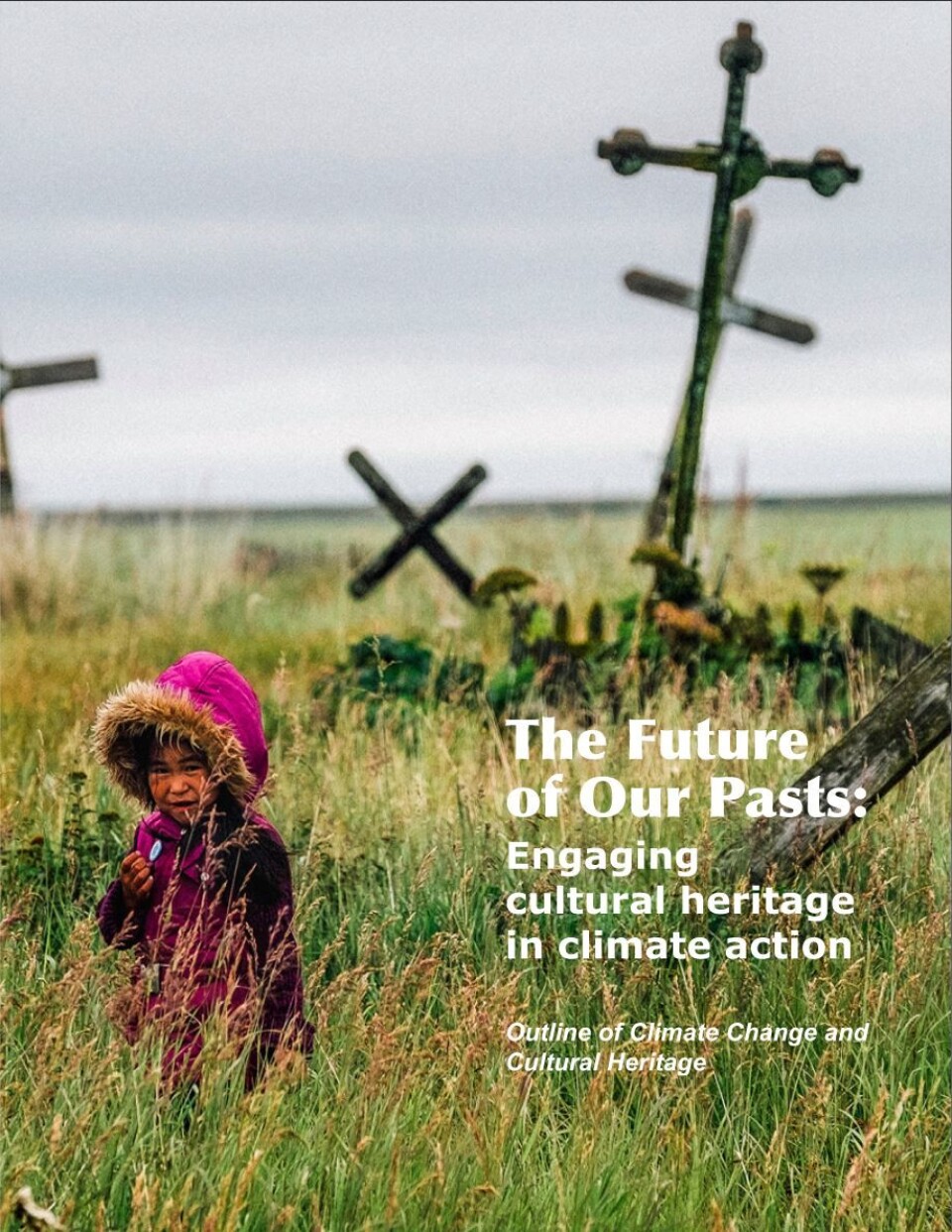
Heritage conservation and Climate Change: Introducing the Future of our past in the Norwegian context.
Transitions are changes in the way of do things, and to stimulate them it is necessary to expand our understanding of the world and its realities, so we can create new ways to relate to them. Although such proposals seem rather theoretical and abstract, this article will discuss how such transition is happening in the cultural heritage field.
Since 2013, the Norwegian parliament stated that everyone and all sectors are responsible for climate change adaptation – referring to all individuals, business and industry as well as the authorities. This implies that we all have the responsibility to safeguard consideration for climate change within our life and working sectors.
The Paris agreement
Later in 2015, Norway ratified the Paris Agreement joining the global commitment of limiting global warming to 1.5°C. Global net anthropogenic emissions of carbon dioxide (CO2) would need to fall by about 45 per cent from 2010 levels by 2030, reaching net-zero emissions around 2050, and any remaining emissions would need to be balanced by decarbonization initiatives – by removing carbon dioxide (CO2) from the air. Such commitment also includes taking adaptation actions, required to support individuals, communities, organizations and natural systems to manage unavoidable impacts of climate change. These ambitious goals demand rapid and far-reaching transitions in the way we use land, energy, industry, buildings, transport, and cities, but also involves practical actions to reduce risks and improve resilience of local communities.
The conservation of cultural heritage is increasingly acknowledged as an articulator for climate action for both mitigation and adaptation, particularly at the international level.
UNESCO roadmap for heritage and climate change
This past summer a new report called The Future of Our Past was released by ICOMOS during the UNESCO World Heritage Committee in Baku Azerbaijan (1). The report was created to serve as a roadmap for heritage organizations to engage on climate change issues and to organize outreach to the scientific community on research gaps and opportunities.
ICOMOS is the International Council on Monuments and Sites and an advisory body to UNESCO on cultural heritage conservation and is composed by a large international network of heritage experts organized in national and scientific committees. In 2017, the Working Group on Climate Change and Heritage were created to help meet the climate challenge. As part of the international scientists forming the Working Group, NIKU contributed with the elaboration of the Future of our Past report at two stages; during its redaction with the help of a specialist from the heritage and society department (P. Guzman), and at its revision by a specialist from the Buildings department (A. Haugen).
Ongoing NIKU research projects
From a general and societal point of view, impacts of climate change on cultural heritage are easier to acknowledge as these appear evident to our eyes. The rise of water levels, unpredictable weather such as increasing storms and flooding are constantly showcased as having an impact in all sectors of society. NIKU has largely contributed to safeguarding Norway’s cultural heritage from the negative impacts of climate change, such natural risk reduction and impact assessments with projects such as Cultcoast, Stavkirkene and klima, and SyMBoL.

These projects, started as reactive conservation measures to climate change and other stressors on Norwegian monuments such as traditional churches, monuments and archeological remains, have evolved into more complex monitoring projects with the capacity to inform other sectors and disciplines on changing climate phenomena. For instance, NIKU is part of the collaborative project Adapt Northern Heritage which is developing a risk and vulnerability assessment method for historic places and associated guidance for their adaptation. The project is carried out together with four other Nordic countries proving the role of heritage as an indicator for climate action but also as common thread for collaborative and locally based strategic planning for climate adaptation.
Although very relevant, such efforts do not emphasize the contribution of the conservation sector and its pro-active capacities to contribute solving the climate problem, particularly from the societal point of view. Questions on the contribution of heritage conservation to mitigation actions and how the cultural heritage can reverse behavioral patterns of society that are judged detrimental to the environment are still waiting for responses.
Norwegian governance model gives unique opportunities
In Norway, the Ministry of the Environment is the institutional umbrella covering cultural heritage conservation, natural conservation and climate change action. Thus, differing from the common governance alignment of heritage conservation within cultural and/or educational ministries that can be seen in most countries. In comparison with other nations, this is a special localization for institutional heritage sector that provides (or should demand) a unique opportunity to strengthen the strategic role of cultural heritage as a tool for mitigation of CO2 emissions and adaptation to climate change.
With its academic and practical expertise on heritage conservation, NIKU is noticing two opportunity areas for strengthening the role of heritage in the national climate discourse and debate. The first is the need for more strategic visions that redirect conservation and climate action into more managerial and coherent practices. The second is to join other disciplinary efforts in their contribution for sustainable solutions. In both cases, collaboration is key to advance governance and research towards sustainable practices.
A need for new visions
The report the Future of Our Past states that “physical conservation of selected buildings and artefacts will not realize heritage’s potential to catalyze climate action or promote social cohesion, inclusion or equity, but neither can the promotion of resilience and sustainability be removed from the conservation of these properties”. Hence, new visions are also needed to advance the interconnectedness of nature and culture in the context of climate change. Scientific methods are thus required to look at our actions as cause-effect dynamics, overcome our subjective judgments of good and bad, wrong and right, that often result from disciplinary perspectives, so we can speak out on detrimental effects and discuss the best way to mitigate them.
The resilience of the past

As discussed in the recent book Deep Cities (2), it is essential to overcome the perception of heritage as a representation of a fragile past and underpin the understanding of the resilience of the past. Through this change or perceptions, we nurture a creative dialogue among diverse disciplines and help achieve the so needed transitions. For instance, cities are the major arenas where mitigation and adaptations are rapidly taking off. In Norway, historic centers are the first urban environments witnessing a positive cycle of climate related measures. For instance, in Oslo the restriction of automobile use in the core urban area has reinforced the use of green transportation systems, fostered the renovation of streets for bikes and pedestrian uses. Both measures have positive impacts in both population’s health, and the state of conservation of building materials. But not exclusively, free emissions historic areas shift society’s patterns of mobility towards more clean and sustainable ones.
Another example is the reuse of historic buildings to host new and more uses, allowing for retrofitting actions to make them energy efficient and more resilient by hosting wider and complex functions.
Cultural heritage has also the capacity to mirror the society’s adaptive capacity. For instance, in cultural landscapes the intervention on the natural environment is guided by the continuous dialogue between natural cycles and human responses. Such expertise can be found in actions from both the agricultural sector and indigenous people. We could even argue that such knowledge is especially inherent in the Norwegian society, by having outdoor sports and activities so importantly present in their culture and social behaviors. Yet, our current understanding of progress has led to give high value to evident and quantitative outputs and underestimate qualitative results.
Conservation can reduce the gaps between nature and culture
The scientific field of conservation is becoming crucial to reduce the gaps between nature and culture which are at the heart our current unsustainable path of development. To do so, it must improve the way the field effectively communicates its impacts on societal development. Rather than an alarmist approach, NIKU is considering and undertaking collaborative and interdisciplinary approaches that allow to expand the understanding of cultural heritage beyond objects and monuments. Instead, our efforts are directed to demonstrate heritage as a connector between society its past and future creations enrooted in values systems evolving and changing as the environmental context that involves it. What is heritage and how it will be defined in the future in the era of sustainability are some of the questions NIKU is answering through its scientific research whilst valuing and promoting cultural heritage in local climate strategies for mitigation and adaptation in Norway should be expected as the next step.
To continue the discussion on heritage and climate action, NIKU will be part of the Climate Heritage Network which aims at mobilizing the talents of arts, culture and heritage actors and advocates on climate change issues.
Where can you find more about it?
(1) ICOMOS The “Future of Our Pasts: Engaging Cultural Heritage in Climate Action” report https://www.icomos.org/en/what-we-do/image-what-we-do/77-articles-en-francais/59522-icomos-releases-future-of-our-pasts-report-to-increase-engagement-of-cultural-heritage-in-climate-action
(2) Kalliopi Fouseki, Torgrim Sneve Guttormsen, Grete Swensen (2017) Heritage and Sustainable Urban Transformations: Deep Cities. 1st Edition
(3) Climate Heritage Network http://climateheritage.org/








